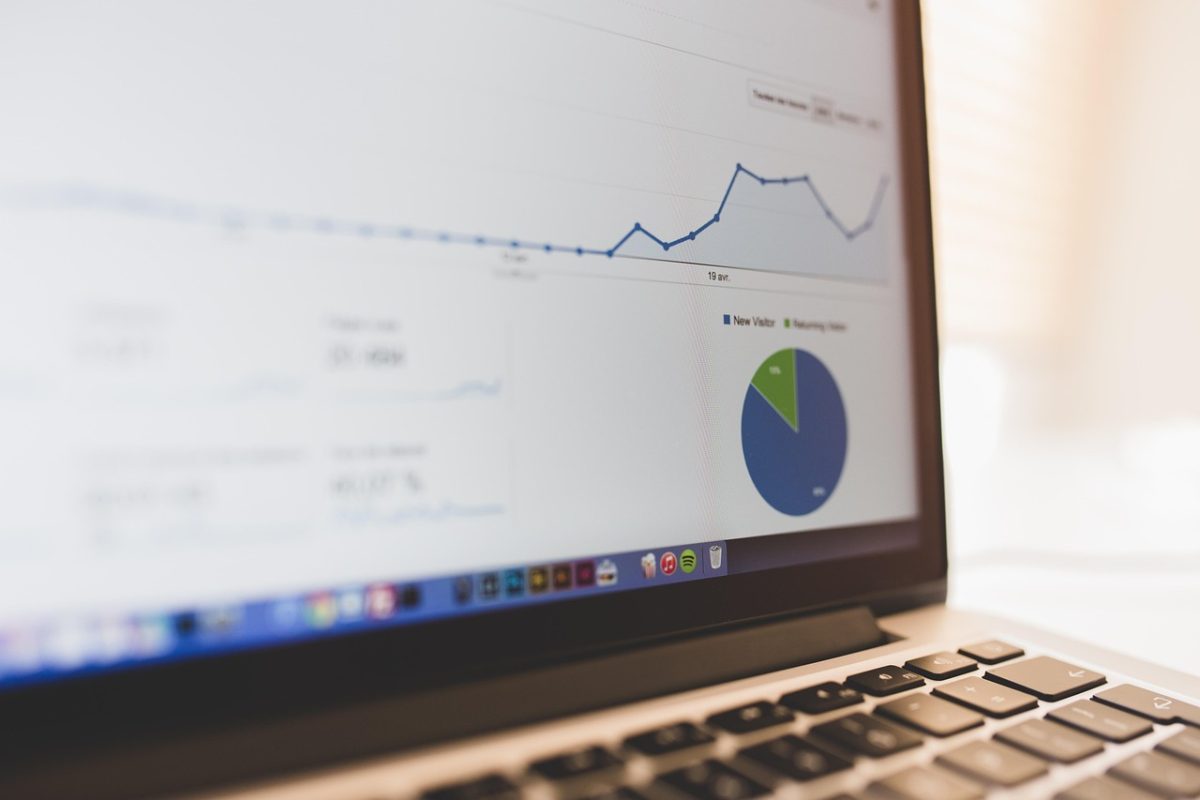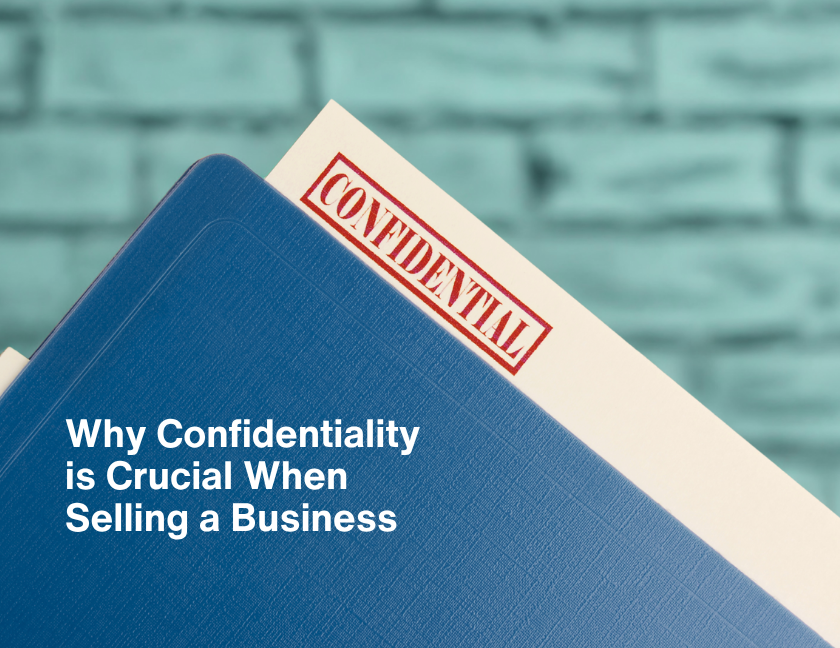



by Veronica Cardinal Ellinger, CEO of Murphy Business Sales As 2025 draws to a close, a significant trend is clear:…
Read More
When it comes to selling a business, one of the first and most important questions is: What is my business…
Read More
Murphy Business Sales, one of North America’s largest business brokerage and mergers and acquisitions advisory firms, is proud to announce…
Read More
When most people think about business broker qualifications, they picture licenses, certifications, and financial know-how. While those technical skills are…
Read More
The economic headlines of 2025 are hard to ignore. With inflationary pressures, uneven consumer demand, and a cautious lending environment,…
Read More
Client Confidentiality and Integrity Come Before Rankings — At Murphy Business Sales, these values guide every decision we make.…
Read More
When is the Right Time to Start Business Exit Planning? The Short answer is: sooner than you think. Many business…
Read More
Selling a business is one of the most significant and sensitive decisions an owner can make. Whether the sale is…
Read More
Selling your business is an exciting milestone—but it can also be complex. Many business owners unknowingly make mistakes that cost…
Read More